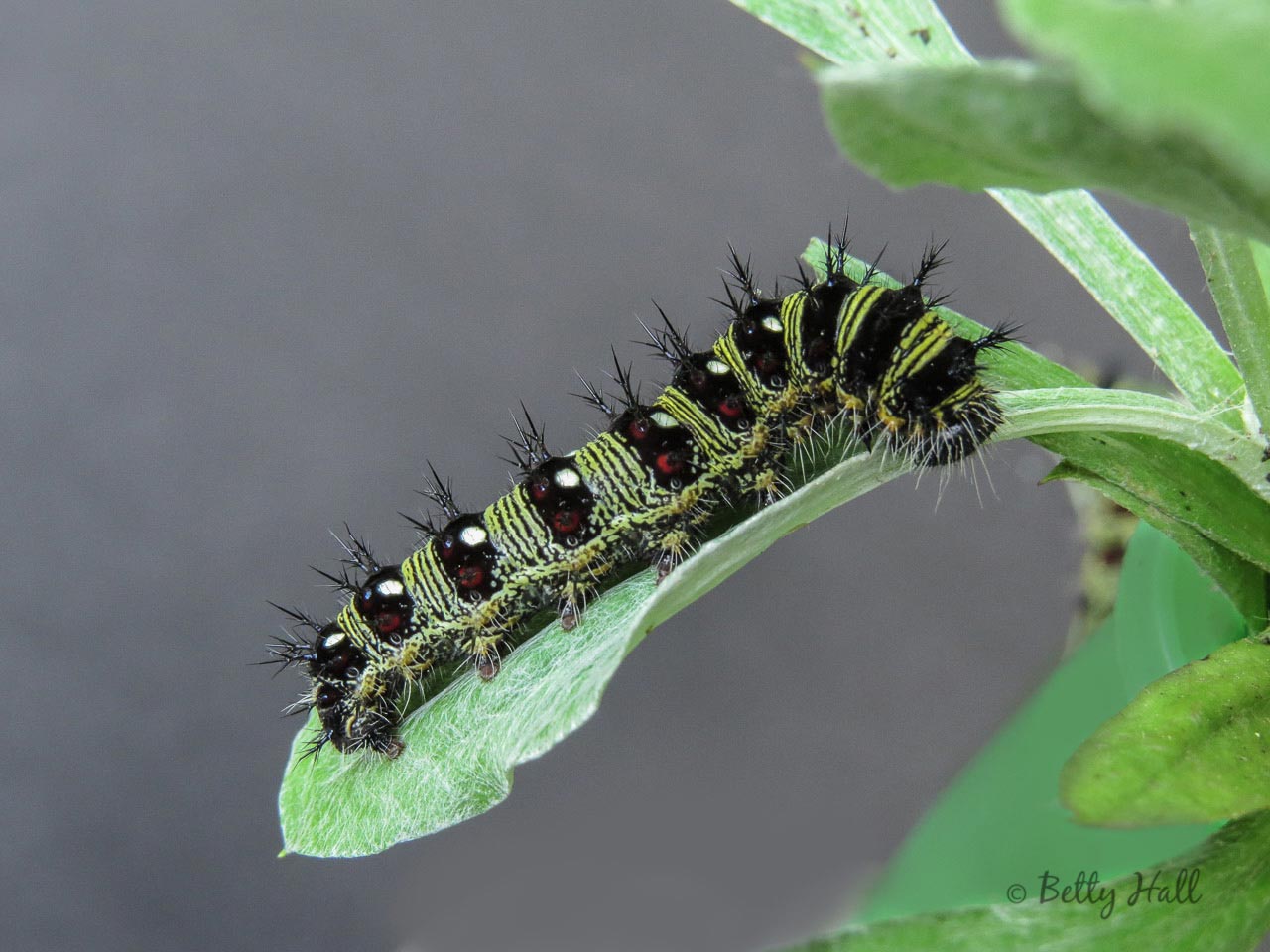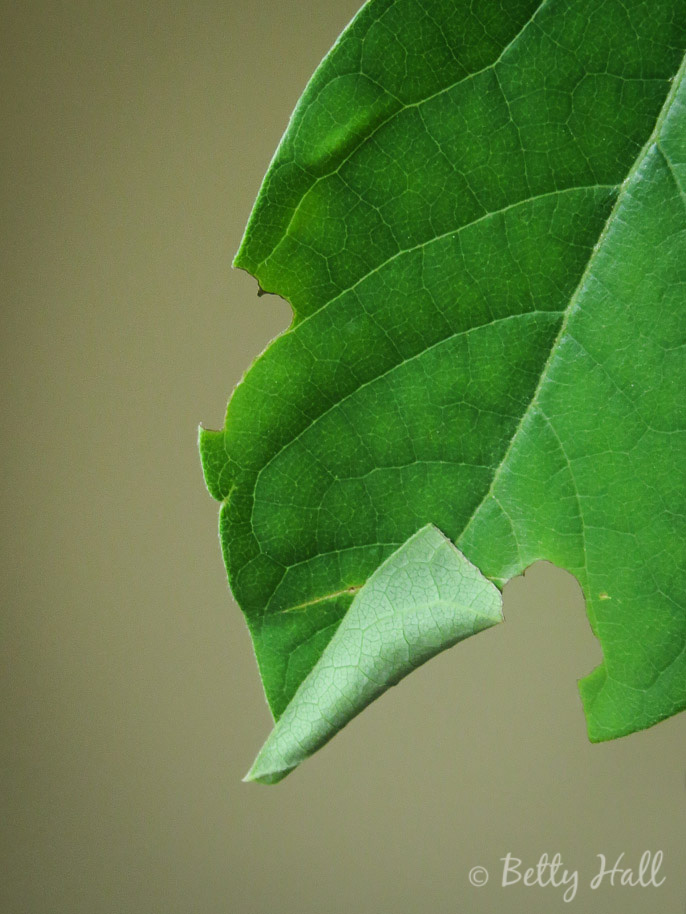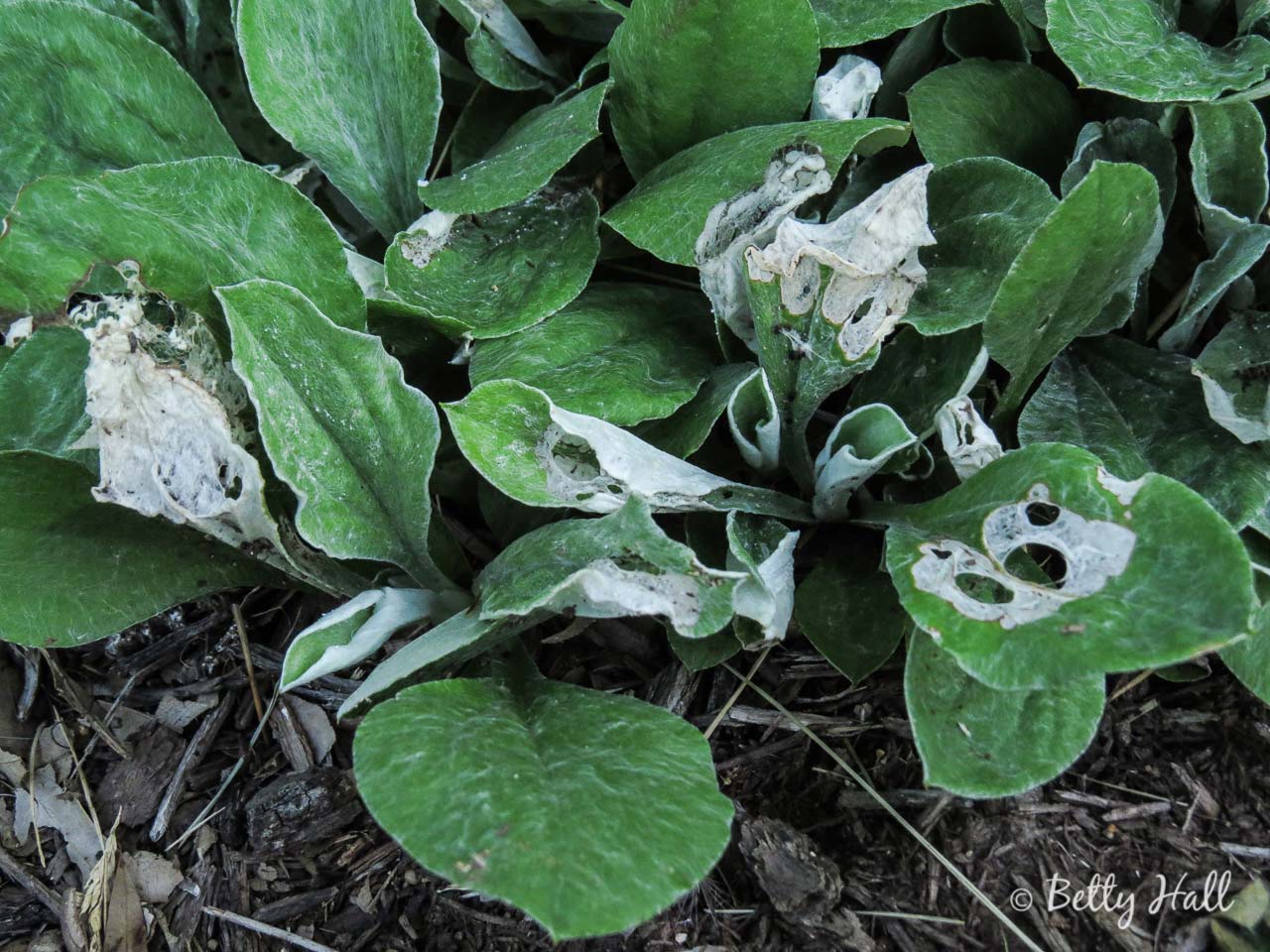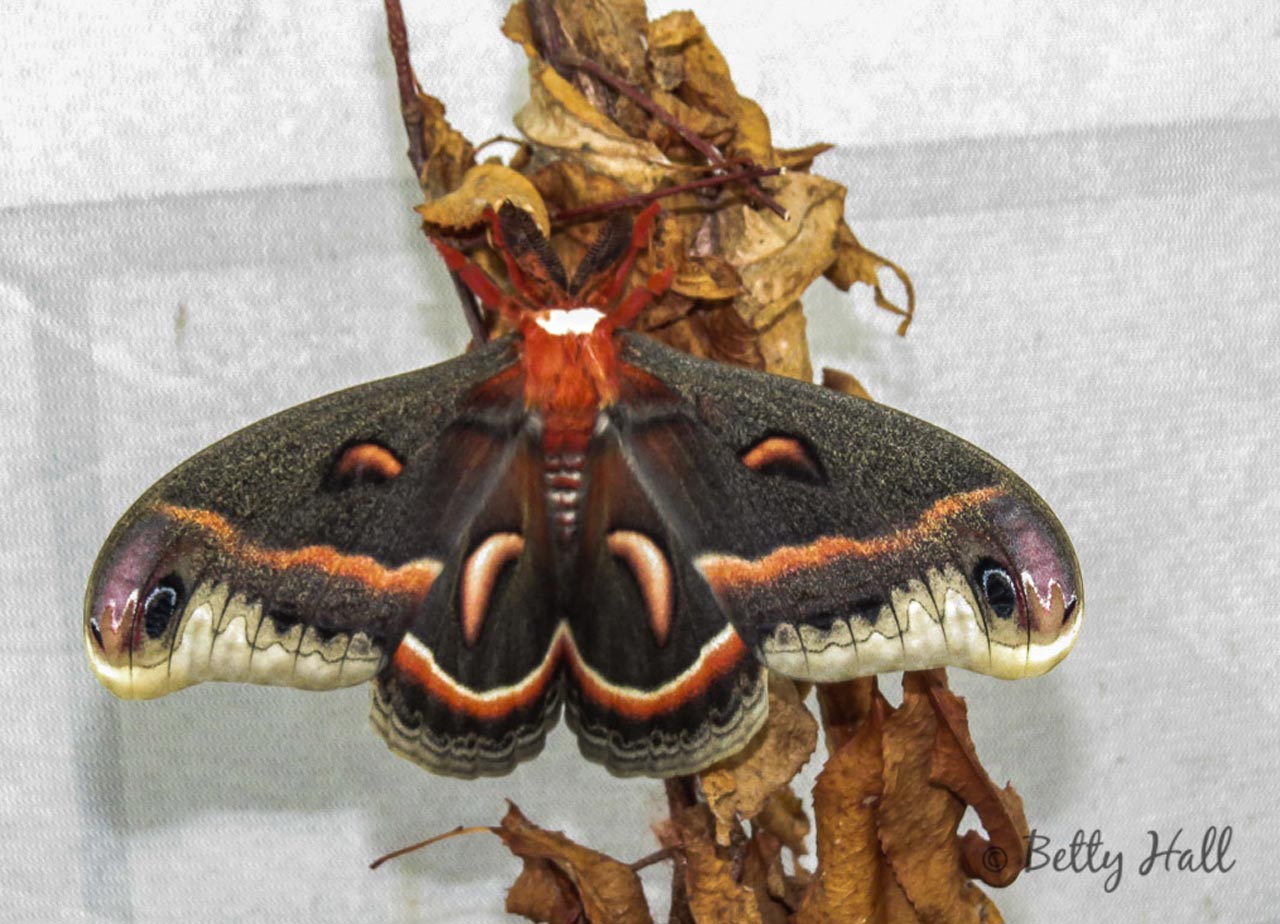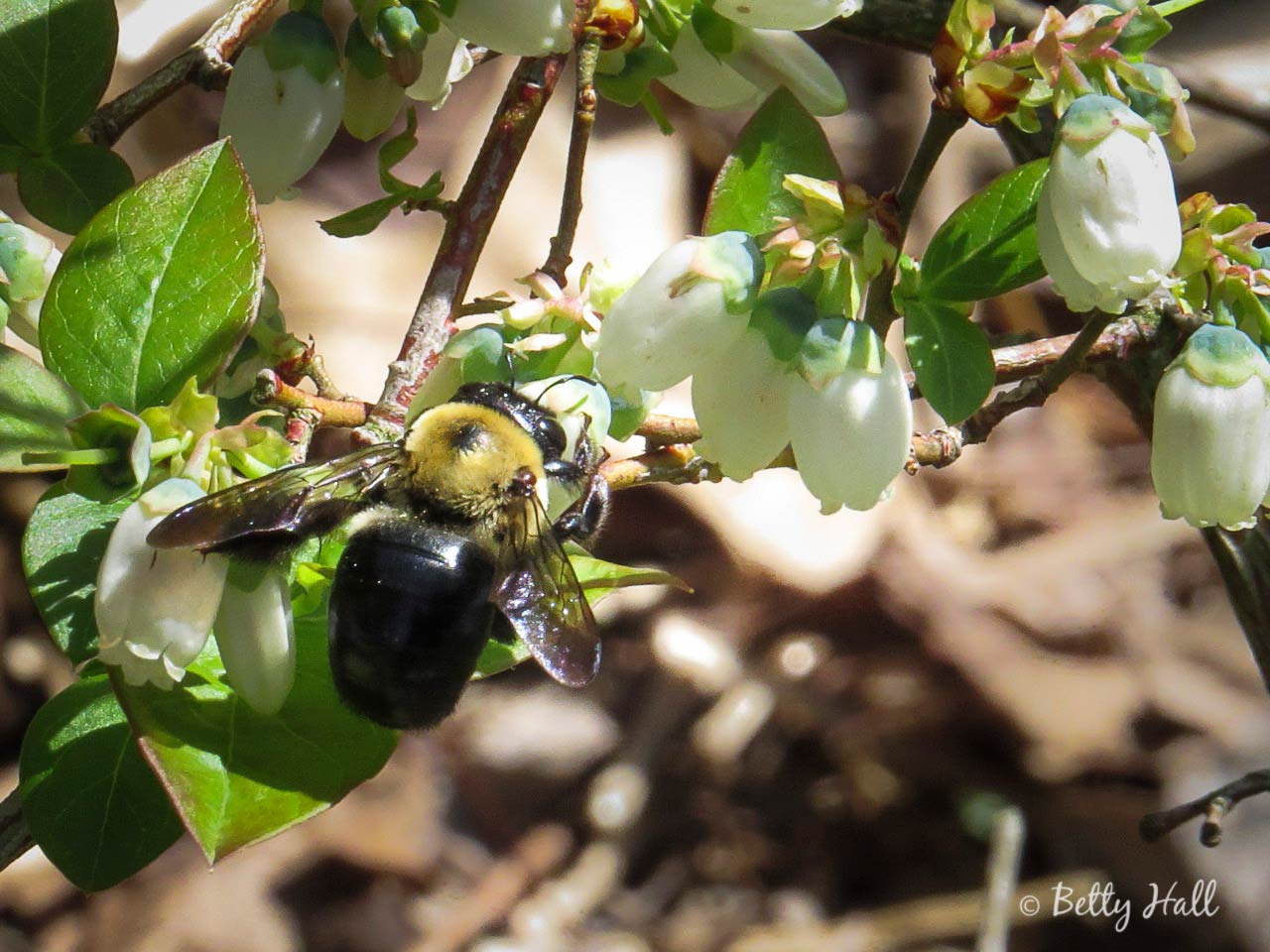This is an update on the caterpillars I found on pussytoes. This is one of the caterpillars shortly before it made a chrysalis.
Category: Butterflies, moths & caterpillars
I like butterflies!
Spicebush and caterpillars
I’ve been checking my spicebush (Lindera benzoin) for signs of caterpillars, and when I recently found this folded leaf my hopes were high.
Pussytoes and American lady butterflies
I like Pussytoes (Antennaria spp.) for a ground cover. They are drought tolerant and I have patches of them growing in various degrees of sun and shade.
However, I recently became concerned when I saw leaves that looked damaged. I was pleasantly surprised when my friend, Connie May of Chrysalis Natural Landscapes, told me the damage was due to caterpillars of the American lady butterfly (Vanessa virginiensis). And I was relieved when she told me the caterpillars will not destroy the plants.
Third generation Cecropia moth
Our Cecropia story began in 2012 when an injured moth laid eggs. Caterpillars from those eggs overwintered as cocoons, and emerged as moths last spring. One of those moths mated and laid eggs. The caterpillars grew and made cocoons that I left outside all winter. I was delighted to recently discover that this third generation moth had emerged.
Bees, butterflies, and birds
It’s good to watch to watch plants coming to life again, and I’m also glad to see more wildlife. I’m seeing more bees – large and small. I can’t identify most of them, but I can usually spot Carpenter bees (Xylocopa spp.). I learned recently they’re not bumble bees, although they certainly look similar. Carpenter bees have a shiny black abdomen, and are often referred to as the bee with a ‘shiny butt’. This one was getting nectar by puncturing blueberry blossoms.

